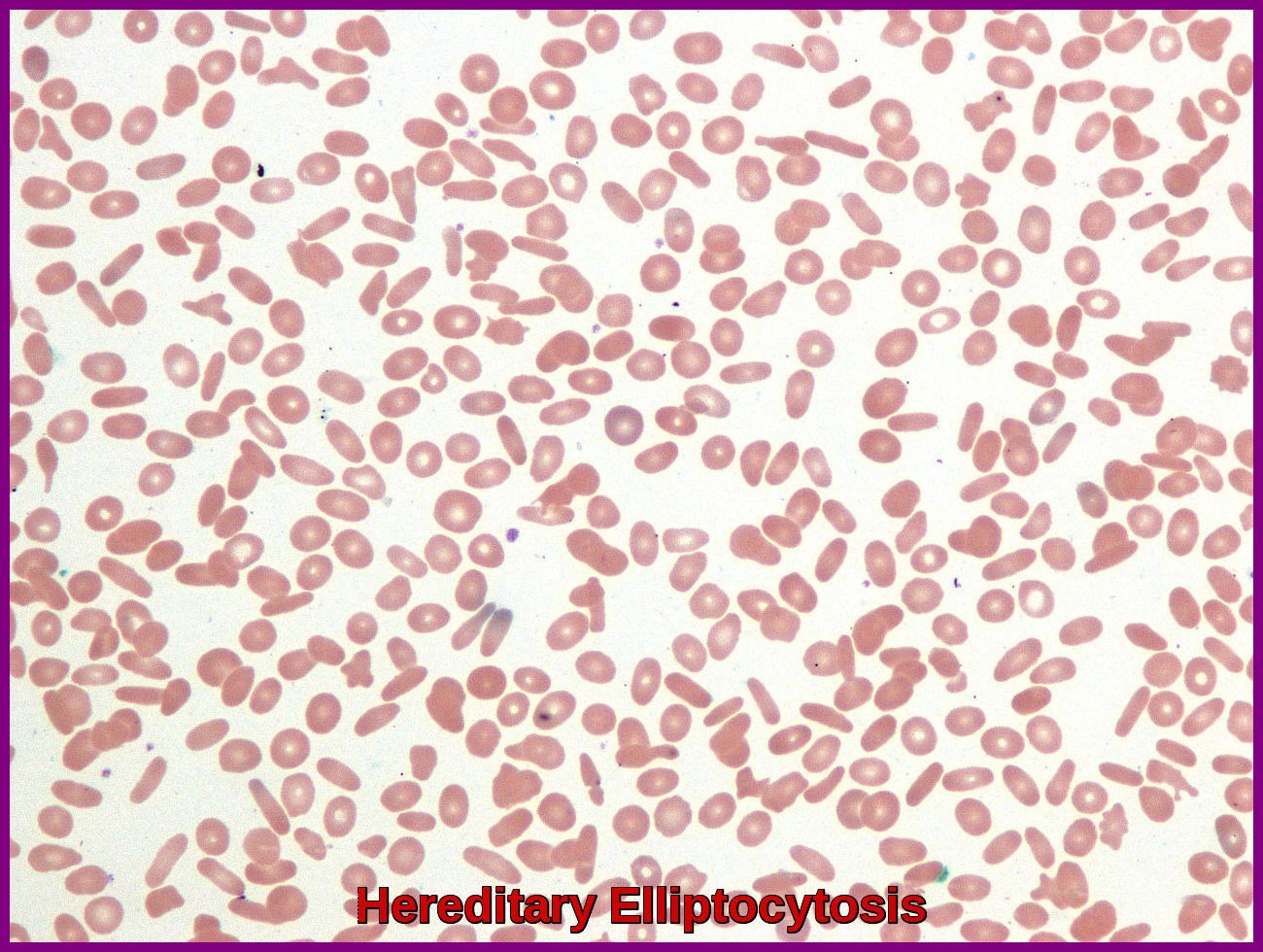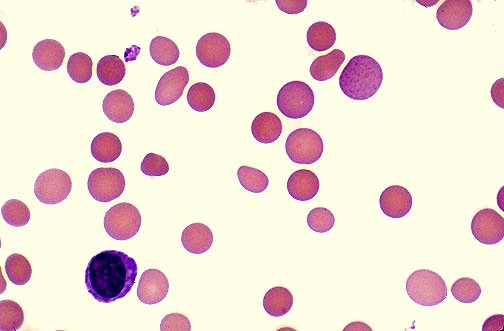Paroxysmal Nocturnal Hemoglobinuria

Introduction: Paroxysmal nocturnal hemoglobinuria (PNH) is a rare acquired, life-threatening disease of the blood. The disease is characterized by destruction of red blood cells by the complement system, a part of the body’s innate immune system (hemolytic anemia), blood clots (thrombosis), and impaired bone marrow function (not making enough of the three blood components). PNH is the only hemolytic anemia caused by an acquired (rather than […]
Read more



